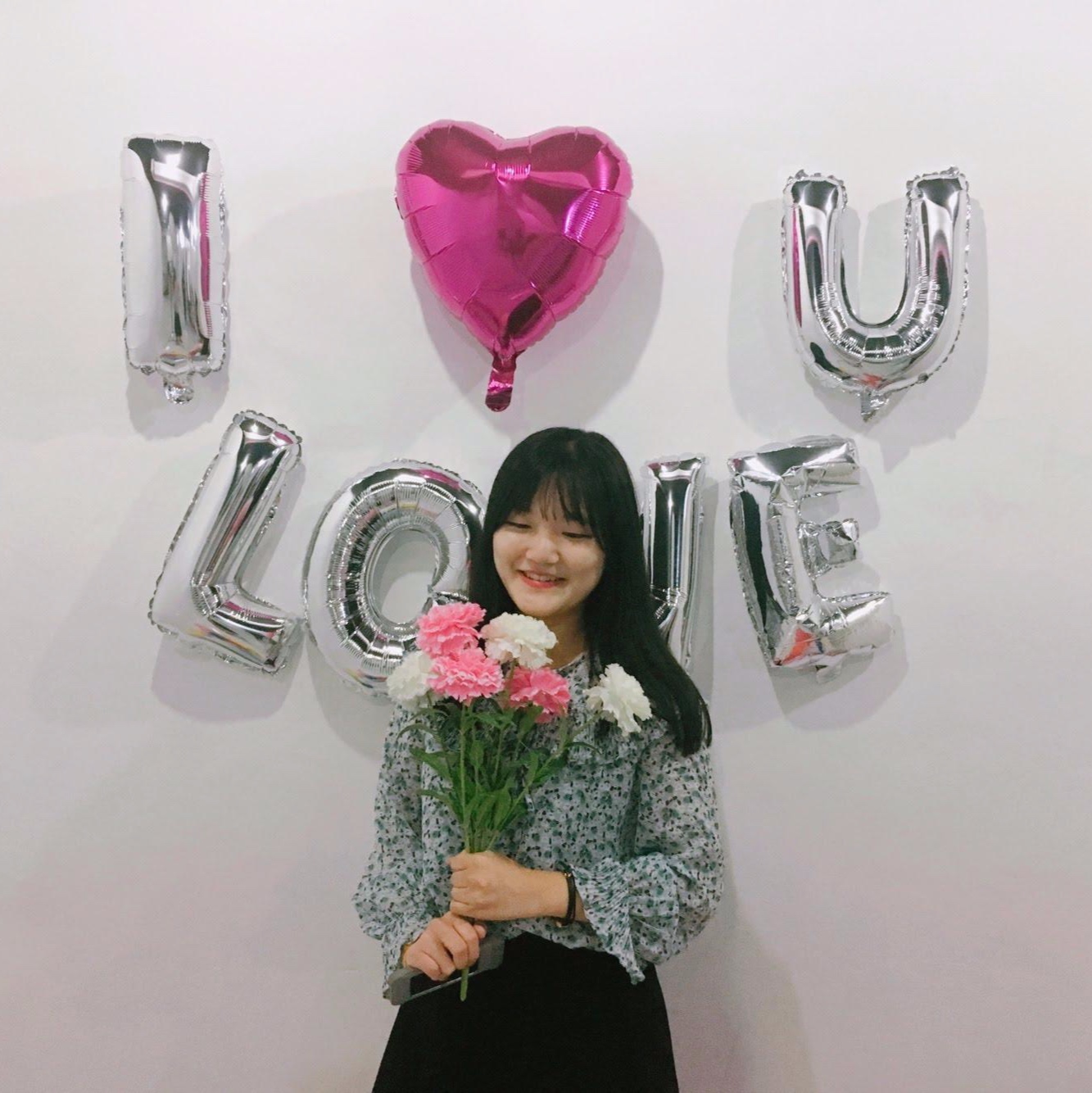티스토리 뷰
[ 이슈 ]
A와 B는 다른 preferredStatusBarStyle 을 가지고 있습니다.
class AViewController: UIViewController {
override var preferredStatusBarStyle: UIStatusBarStyle {
return .lightContent
}
...
}
class BViewController: UIViewController {
override var preferredStatusBarStyle: UIStatusBarStyle {
return .darkContent
}
...
}
1. A에서 B를 present 할 때, B의 modalPresentationStyle을 fullScreen으로 하면 B에 오버라이딩한 statusBarStyle로 잘 나옵니다.
2. A에서 B를 present 할 때, B의 modalPresentationStyle을 overFullScreen 으로 하면 A에 오버라이딩한 statusBarStyle로 나옵니다.
실제 디버깅 포인트를 걸고 돌려보면 1번의 경우 B를 present 할 때 B의 preferredStatusBarStyle 가 불리지만
2번의 경우, B를 present 할 때 A의 preferredStatusBarStyle가 불립니다.
[ modalPresentationCapturesStatusBarAppearance ]
그 이유는 바로 UIViewController의 modalPresentationCapturesStatusBarAppearance 프로퍼티 때문입니다.
present(_:animated:completion:) 메소드를 사용할 때,
presented controller의 modalPresentationStyle이 오직 fullScreen일 때만
status bar appearance control이 presenting 뷰컨트롤러에서 presented 뷰컨트롤러로 넘어가게 됩니다.
(그래서 위의 예제에서 fullScreen 모드에서만 B의 preferredStatusBarStyle 가 불렸던 것입니다.)
modalPresentationCapturesStatusBarAppearance 프로퍼티는
non-fullscreen 으로 presented 된 뷰컨트롤러가 status bar appearance 에 대한 control을 가질 지 정하는 프로퍼티 이고
디폴트값은 false 입니다.
이 프로퍼티를 true로 설정하면 non-fullscreen 으로 presented 되었어도 presented view controller가 status bar appearance 에 대한 컨트롤을 가지게 됩니다!!
[ modalPresentationCapturesStatusBarAppearance 를 true로 설정해보자 ]
그럼 BViewController 의 modalPresentationCapturesStatusBarAppearance 를 true 로 바꿔봅시다.
class BViewController: UIViewController {
override var preferredStatusBarStyle: UIStatusBarStyle {
return .darkContent
}
override func viewDidLoad() {
super.viewDidLoad()
self.modalPresentationCapturesStatusBarAppearance = true
}
}
이제 modalPresentationStyle에 상관없이 B에 오버라이딩한 statusBarStyle로 잘 나오는 것을 볼 수 있습니다.
'🍏 > iOS' 카테고리의 다른 글
| [iOS] subview reference strong vs weak (0) | 2021.12.04 |
|---|---|
| [Xcode] Xcode 유용한 단축키 모음 (0) | 2021.11.22 |
| [iOS] UIUserInterfaceLevel 로 인해 systemBackground가 달라지는 경우 (0) | 2021.11.05 |
| 소수의 화면들만 다크모드 대응하기 (2) | 2021.10.25 |
| [iOS] APN 인증키만 사용하도록 한 기록 (0) | 2021.10.24 |
- Total
- Today
- Yesterday
- 플러터 싱글톤
- METAL
- 플러터 얼럿
- PencilKit
- Dart Factory
- flutter deep link
- flutter dynamic link
- Python Type Hint
- 장고 URL querystring
- Flutter 로딩
- Django Firebase Cloud Messaging
- github actions
- 구글 Geocoding API
- Django Heroku Scheduler
- Sketch 누끼
- SerializerMethodField
- Django FCM
- flutter build mode
- flutter 앱 출시
- Flutter Text Gradient
- DRF APIException
- Flutter getter setter
- cocoapod
- Flutter Clipboard
- 장고 Custom Management Command
- Flutter Spacer
- drf custom error
- ipad multitasking
- Watch App for iOS App vs Watch App
- ribs
| 일 | 월 | 화 | 수 | 목 | 금 | 토 |
|---|---|---|---|---|---|---|
| 1 | 2 | 3 | 4 | 5 | 6 | |
| 7 | 8 | 9 | 10 | 11 | 12 | 13 |
| 14 | 15 | 16 | 17 | 18 | 19 | 20 |
| 21 | 22 | 23 | 24 | 25 | 26 | 27 |
| 28 | 29 | 30 |
